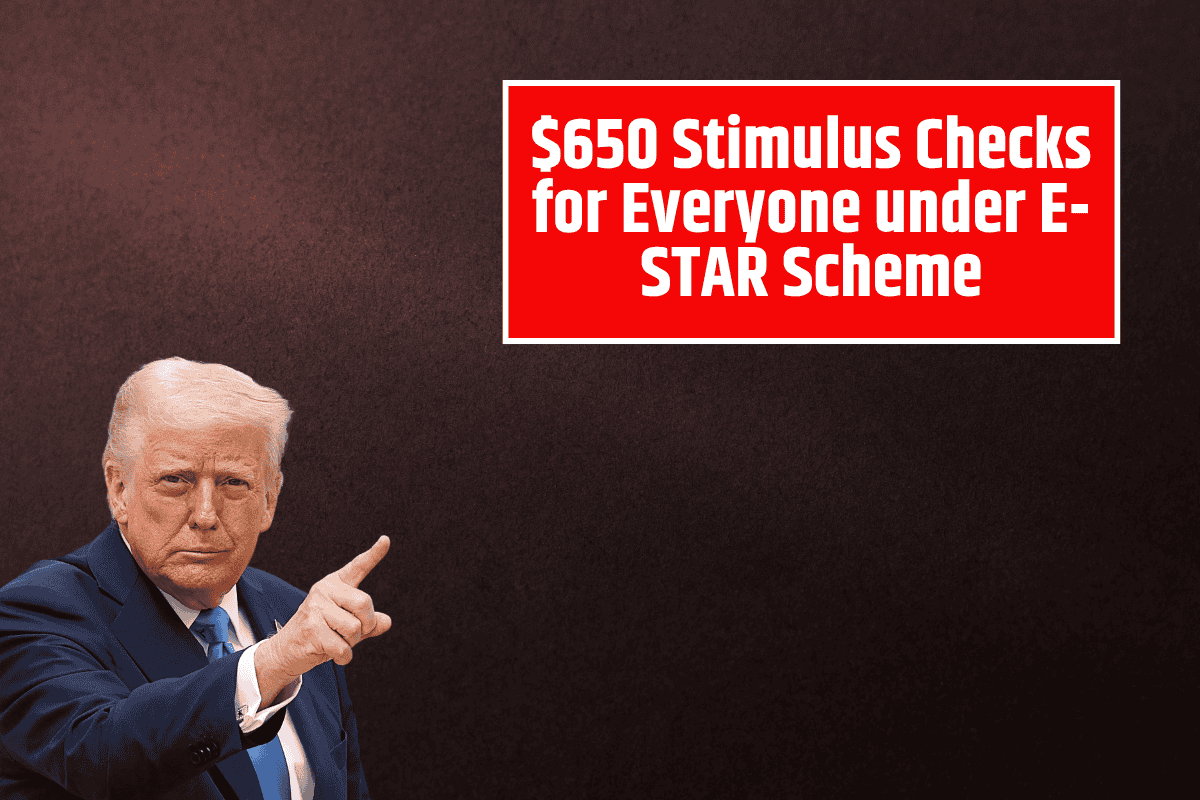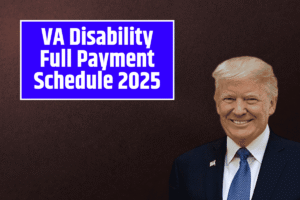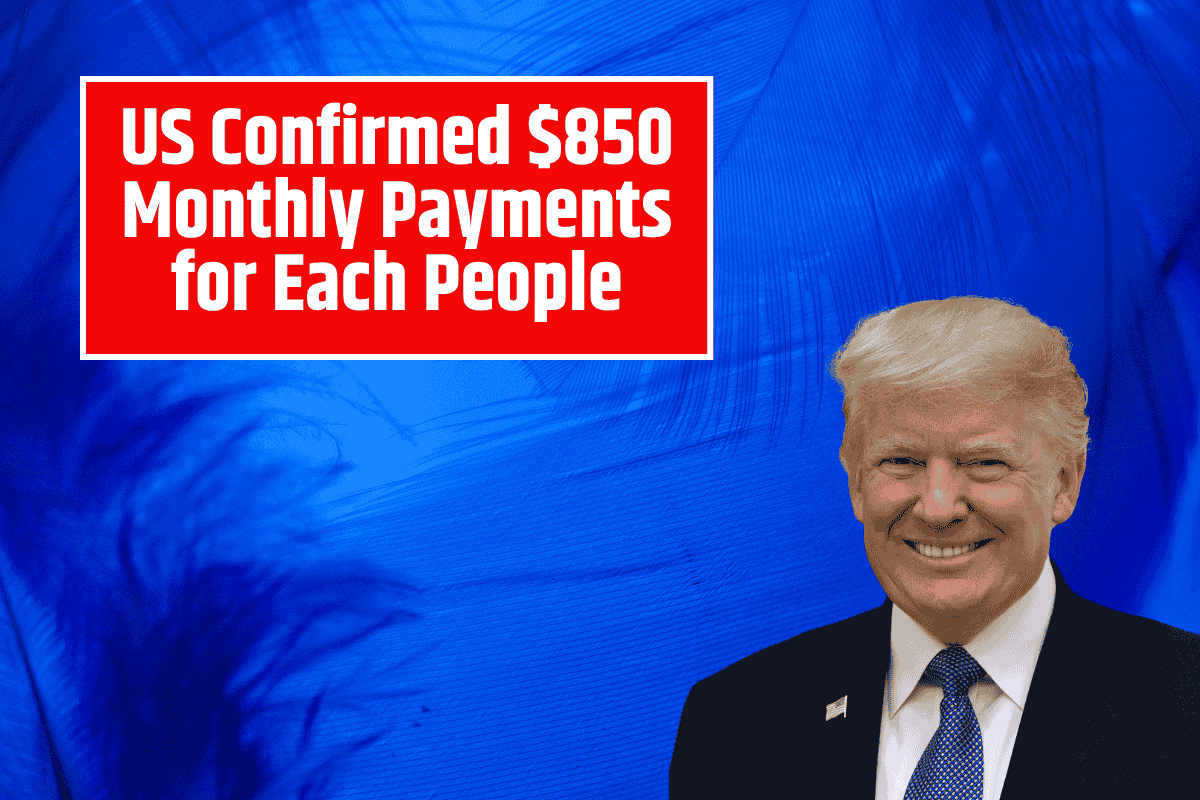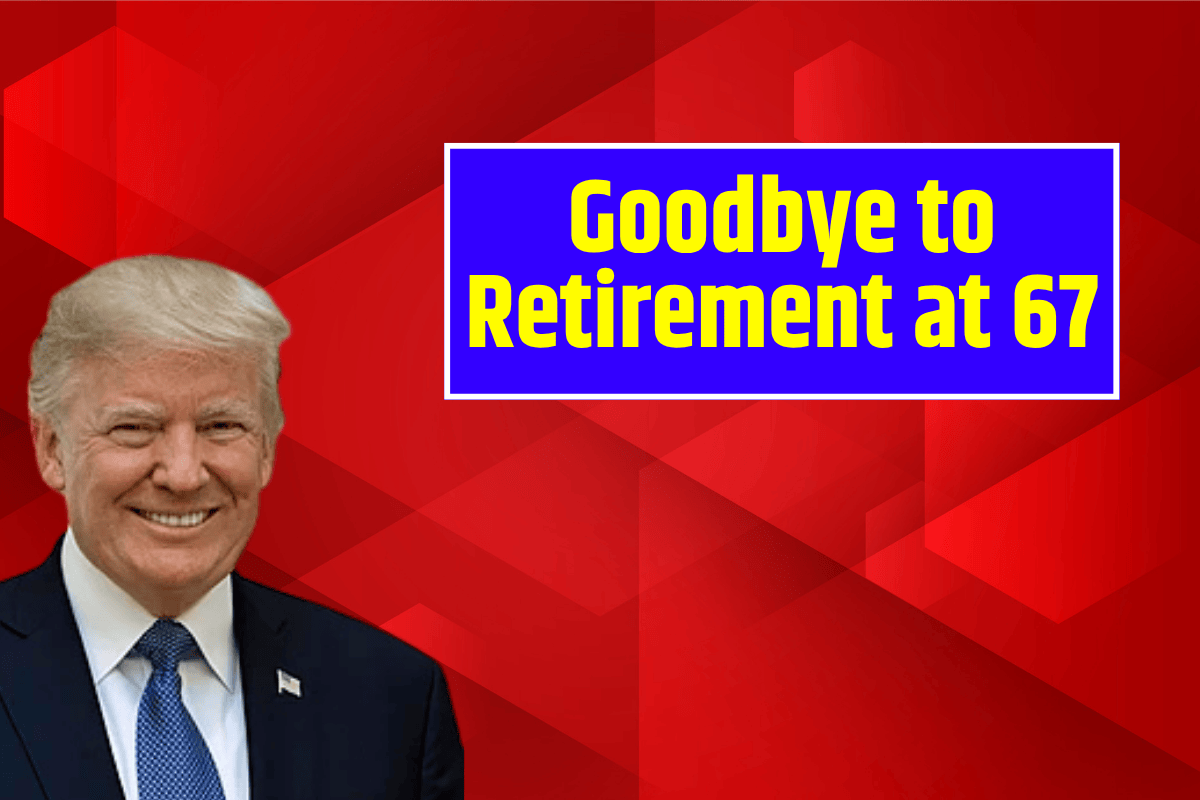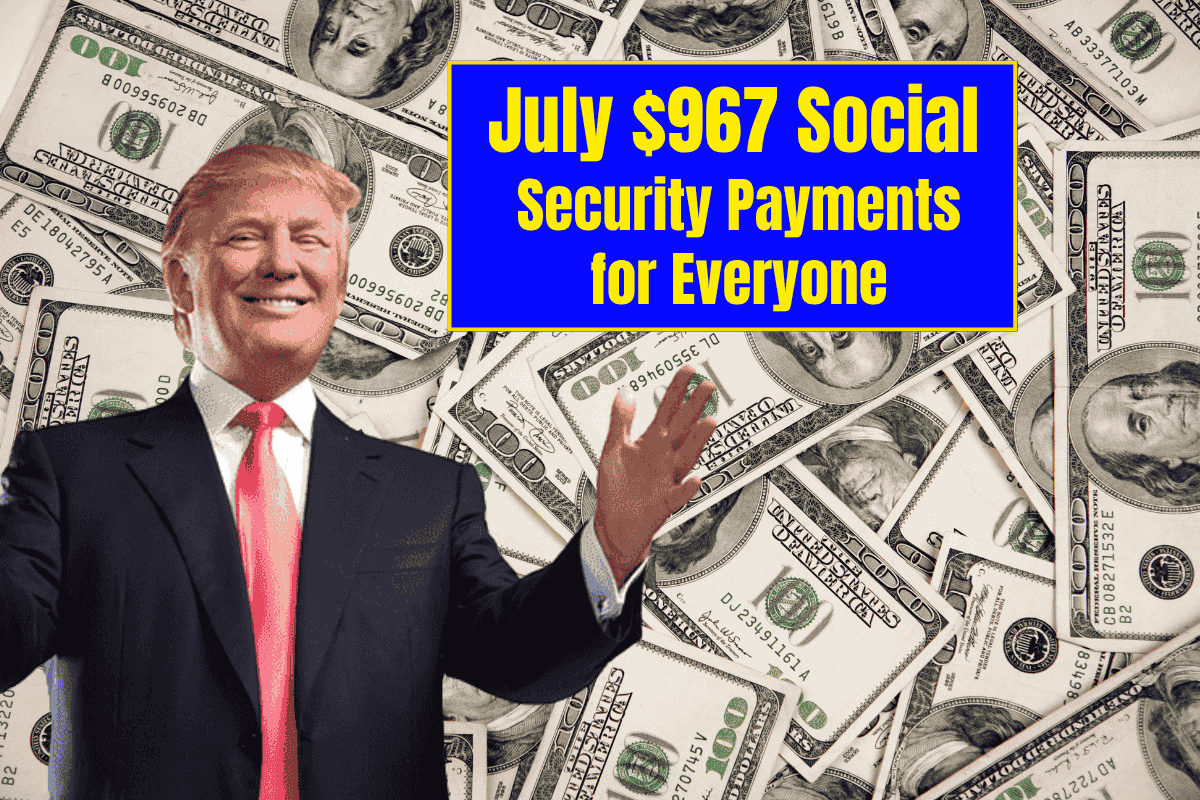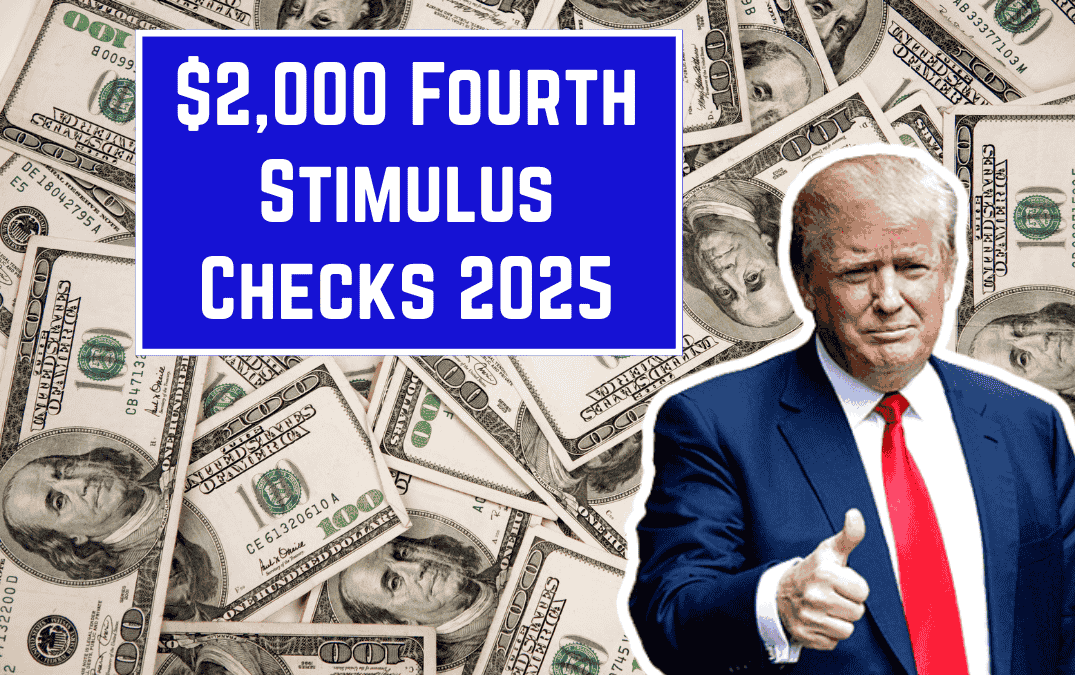If you’re a homeowner in New York State, you may qualify for property tax relief through the STAR (School Tax Relief) and E-STAR (Enhanced School Tax Relief) programs. These programs help reduce the amount you pay in school property taxes, but the process is not immediate.
Here’s everything you need to know about how these programs work, who qualifies, and how to apply.
What are STAR and E-STAR?
STAR and E-STAR are designed to help homeowners save on school taxes. They offer a tax relief that gets paid to the homeowner’s nearest school district. However, the relief isn’t immediate. It’s typically given in the form of a check after the taxes have been paid.
For the 2025-2026 school year:
- STAR: Offers a tax exemption on the first $30,000 of your home’s full value for school taxes.
- E-STAR: This benefit is for seniors aged 65 or older, offering a tax exemption on the first $86,100 of a home’s full value.
Both programs are applicable only to school district taxes. They don’t cover city, county, or town taxes, except in specific cities like New York City, Buffalo, Rochester, Syracuse, and Yonkers, where the relief applies to both city and school taxes.
How Does the Relief Work?
The STAR or E-STAR tax break is applied to your property taxes, but it won’t reduce your taxes immediately. Instead, you’ll receive the amount as a check after the taxes are paid. The exact timing of when you receive your check depends on your location.
For example, checks for certain towns like DeWitt will be distributed between August and mid-September, while Syracuse might not see any checks until mid-July.
A special tool on the NYC Department of Finance website can help you track when the checks will be sent in your area.
Who Qualifies for STAR and E-STAR?
There are specific eligibility criteria for each program:
- STAR:
- The home must be your primary residence and owner-occupied.
- The combined income for all owners and their spouses must be less than $500,000.
- If your income exceeds $250,000, you must apply for the STAR credit online.
- E-STAR:
- The home must be a primary residence, just like for STAR.
- The income limit for E-STAR is $107,300 or less.
- Applicants must be 65 years or older.
How to Apply for STAR and E-STAR
If you have received STAR or E-STAR in the past, you don’t need to apply again. The checks will be sent to you automatically.
However, if you are applying for the first time, or if your income is over $250,000 for STAR, you’ll need to apply for the credit either online or by calling (518) 457-2036.
Be aware that the application window for 2025 closed on March 15. If you missed the deadline, you will have to wait until September 15 to apply for the next round.
Other Payments to Look Out For
In addition to STAR and E-STAR, New Yorkers are receiving other forms of financial relief. For example, this year, New Yorkers are also getting a one-time $400 inflation check. Some residents are also receiving a third round of $500 checks.
These checks will be marked in a specific way on bank statements, so make sure to check your account if you’re expecting these payments.
FAQs
What is the STAR program in New York?
The STAR program provides property tax relief for homeowners by exempting part of their home’s value from school taxes. The amount varies depending on eligibility.
Who qualifies for the E-STAR program?
E-STAR is available for seniors aged 65 and older who meet specific income requirements. It offers a higher exemption than STAR.
How do I apply for STAR or E-STAR?
If you haven’t applied before, you can apply for STAR or E-STAR online or by calling the New York State Department of Taxation and Finance. Applications for 2025 closed on March 15, but you can apply again after September 15.
When will I receive my STAR or E-STAR check?
Checks are typically sent out in the summer, but the exact timing can vary by location. Some areas, like Syracuse, may not receive checks until mid-July.
Can STAR and E-STAR be applied to city taxes?
In most areas, these programs only apply to school district taxes. However, in cities like New York City, Buffalo, and Syracuse, the relief applies to both city and school taxes.
